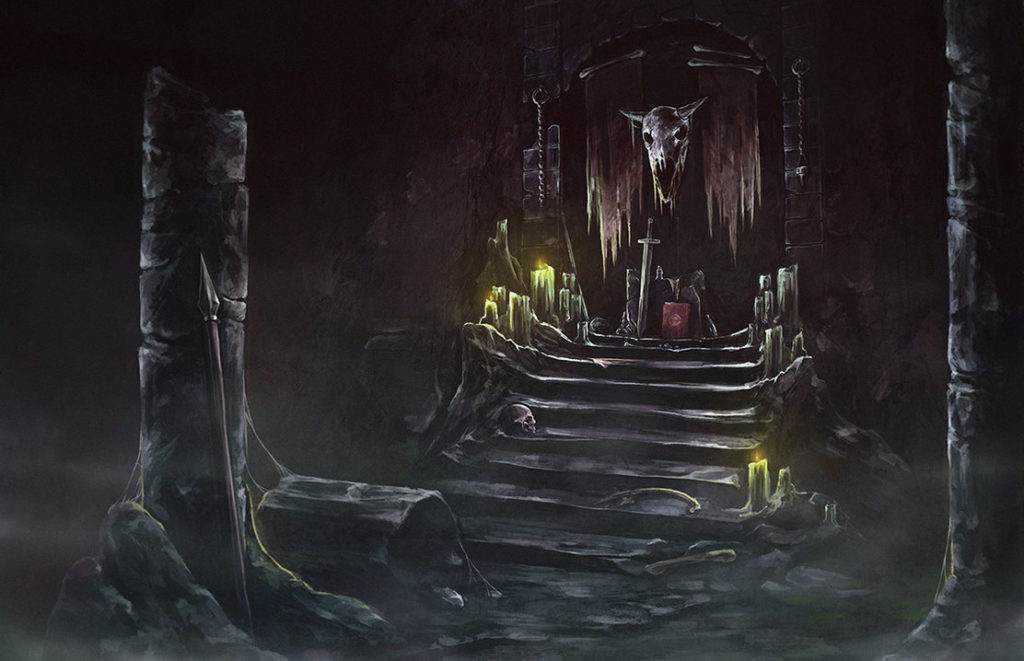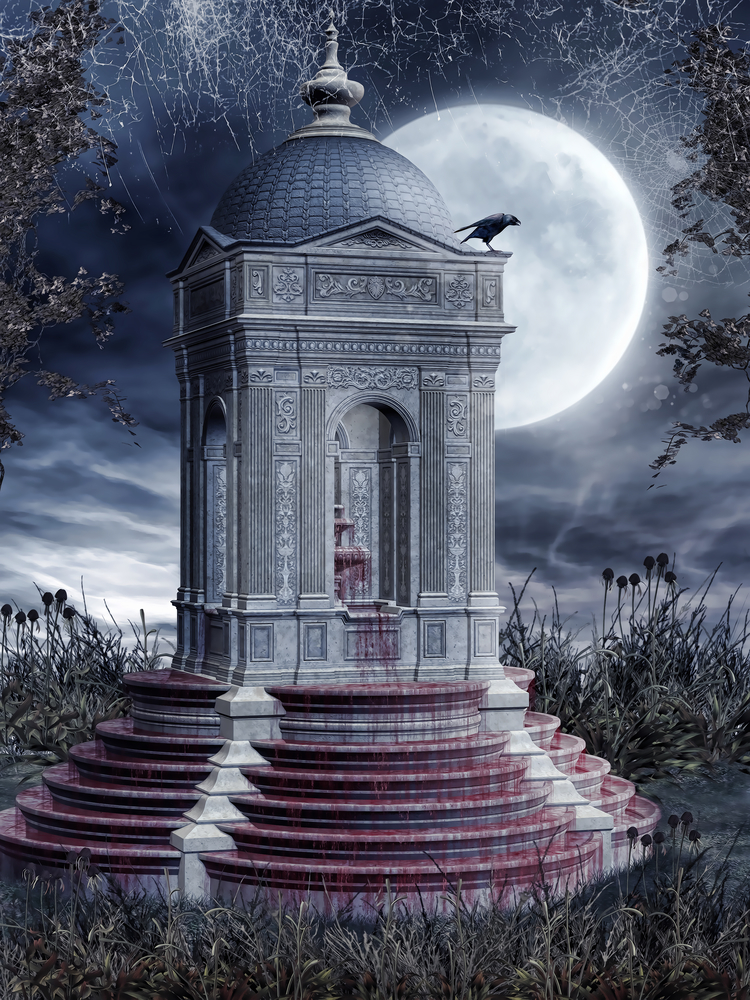Certain items are frequently found in dungeons. Not all of them are likely to be found in the same dungeon but more than one of these likely will be. Some of these features may be magical in nature. And most should not be. These dungeon features will make player characters slow down and look around a room. There must be a puzzle, riddle or magical effect. This will be the assumption. Every time. Unless you put some in your game which are merely decorative.
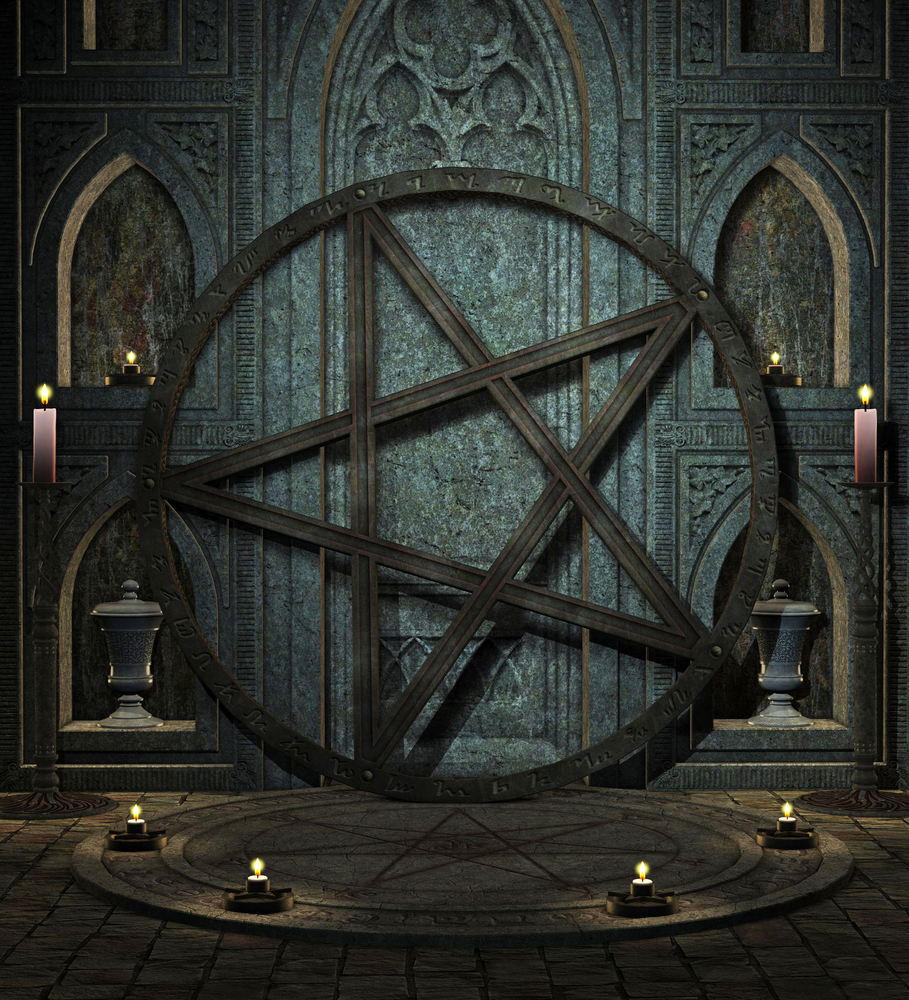
These features are:
- Pillars and Columns
- Pools
- Fountains
- Statues
- Altars
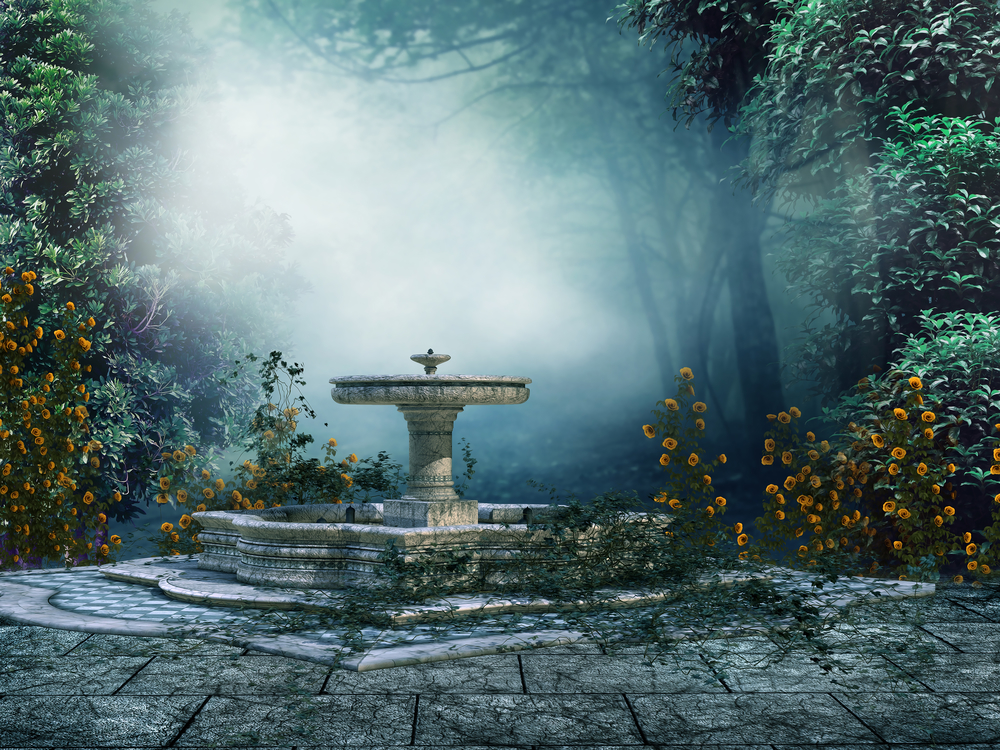
These types of things are so frequently used as magical “tricks” that players will rarely bypass them easily or quickly. This sort of thing is the stock in trade of the old school game. Exploration was the purpose for much of the role play. So having characters spend a lot of time exploring places where no real treasure or encounter would occur was not considered a bad thing at all.
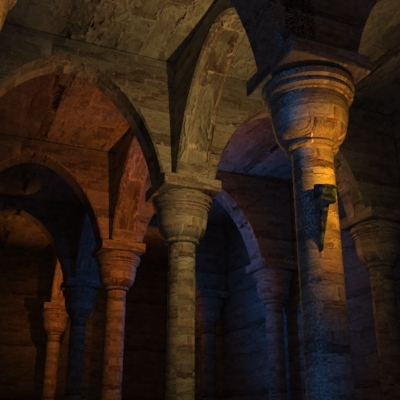
Pillars and Columns
Medieval (and fantasy) architects and builders do not have the wisdom and knowledge of those in modern times. To safely keep a heavy ceiling overhead columns and pillars were often used in large rooms. In underground places this is even more likely to be so. In addition to the ceiling you might also have tons of earth overhead.
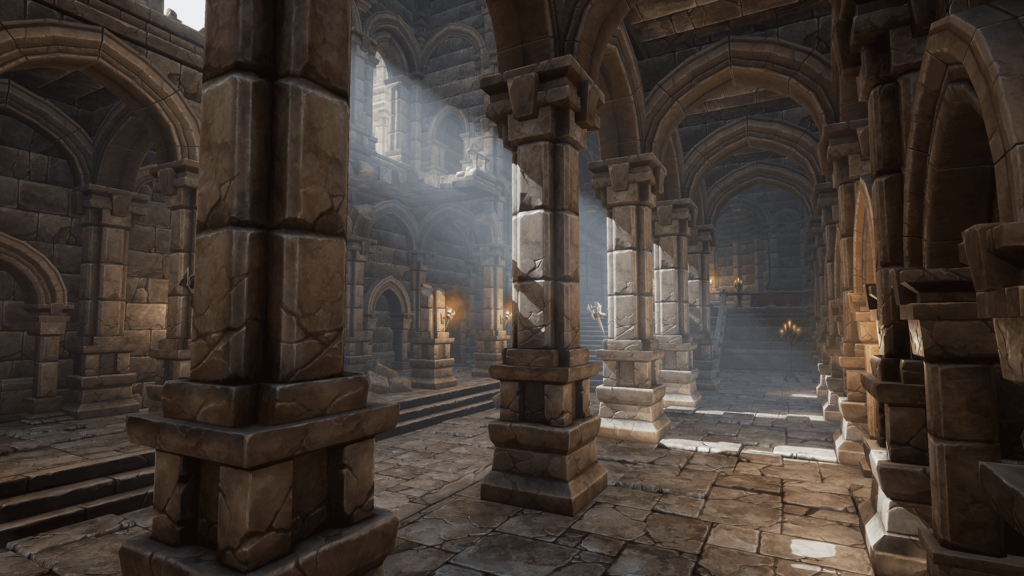
Some pillars and columns will be plain. Others might be quite ornate. Some might even be gilded with gold or silver. Or they might even have precious gems embedded in them.
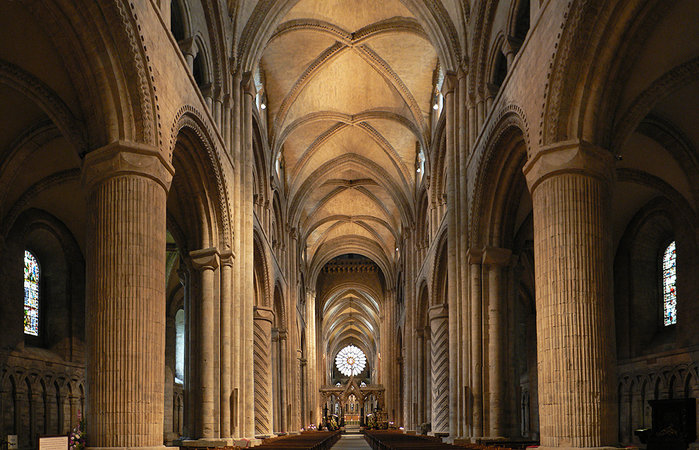
Columns are sometimes trapped so that adventurer types might cause a cave in. Or they could be hiding places for important items. Sometimes denizens of the dungeon might string wires between them to trigger alarms or traps.
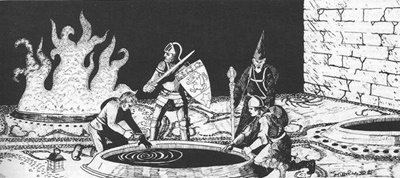
Pools
Water tends to pool up in places underground such as dungeons and caverns. Leaky roofs may drip water that collects somewhere. Water might just roll down the stairs of a dungeon when it rains and then find a resting place.
Pools might also consist of things other than water. Blood is one possibility in a hostile dungeon or in one where evil residents have a use for it. Acid might be needed in large quantities and left in a pool. Certain creatures might even appear to be a pool and are discovered to be something else.
Pooled water is not always safe to drink. It is likely to have collected other things on it’s way to where it now rests. It might be brackish when found. Or it might seem clear and pure. There might be indicators that is not safe nearby such as bones or skulls of animals. Or there might be no warning at all.
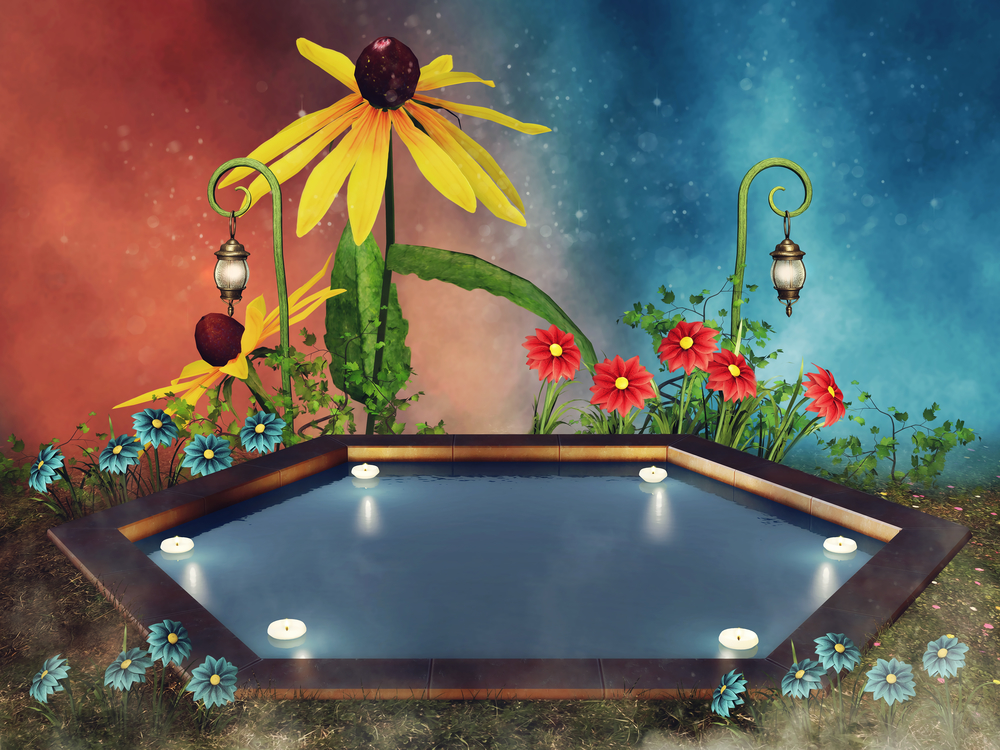
Pools sometimes have magical effects. A pool found in a place where magical energy is all around might have properties that:
- Heal
- Poison
- Raise or lower attributes
- Are actually not water but wine, acid or an ooze
- Cause intoxication
- Cause paralysis
- Cure diseases or blindness
- Or one of countless other effects
If the pool has water that is safe to drink then monsters in the dungeon have probably discovered it and are using it as a watering hole. Random encounters around that pool are likely to be much higher than in other places in a dungeon as all life tends to need water.
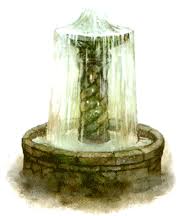
Fountains
Fountains are frequently placed in castles, dungeons and other places. It can be a source of water to drink. It can be there for decorative purposes. It might even have magical properties.
Again. Water is not always safe to drink. After hundreds, or thousands, of years of disuse it is likely that the water in the fountain will have collected many things in it which can make it undrinkable.
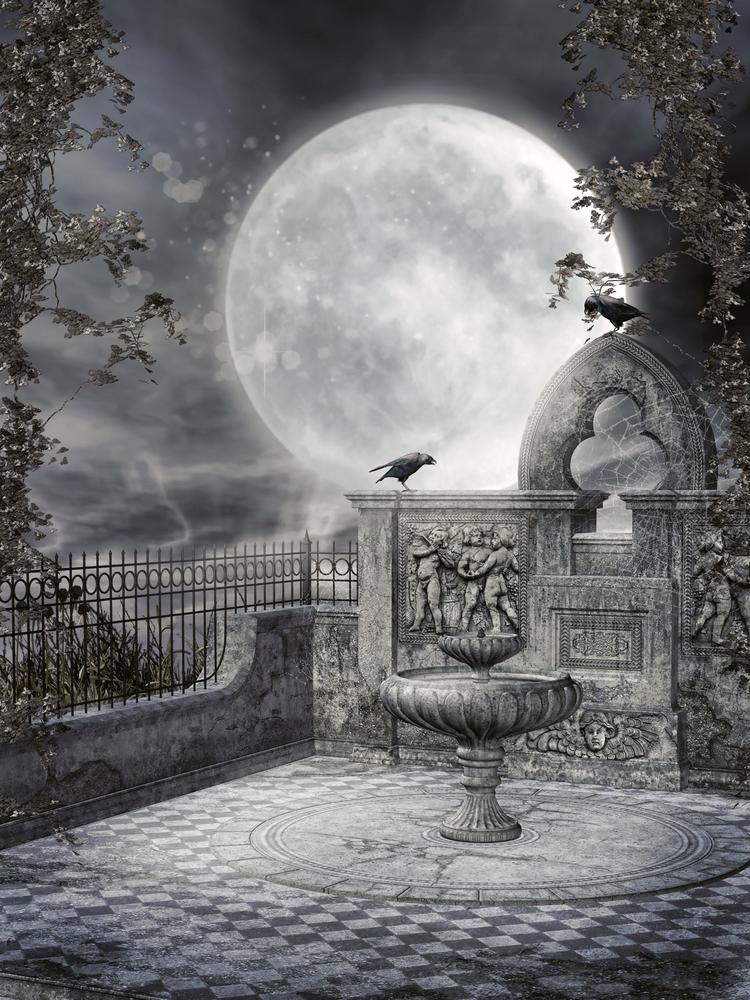
Fountains are often very artistically made. They are decorative. They often contain statues within them. Sometimes coins will have been thrown into the basin of a fountain.
Like pools the cautious adventurer should look for signs of animals that have drunk from the fountain and then died. Bones or skulls near a fountain should be a warning to the explorer. It could be the water that killed them. Or it could be something else entirely.
Certain creatures sometimes live in fountains in Dungeons and Dragons. The water wierd is a classic example of this. A water elemental is another possibility.
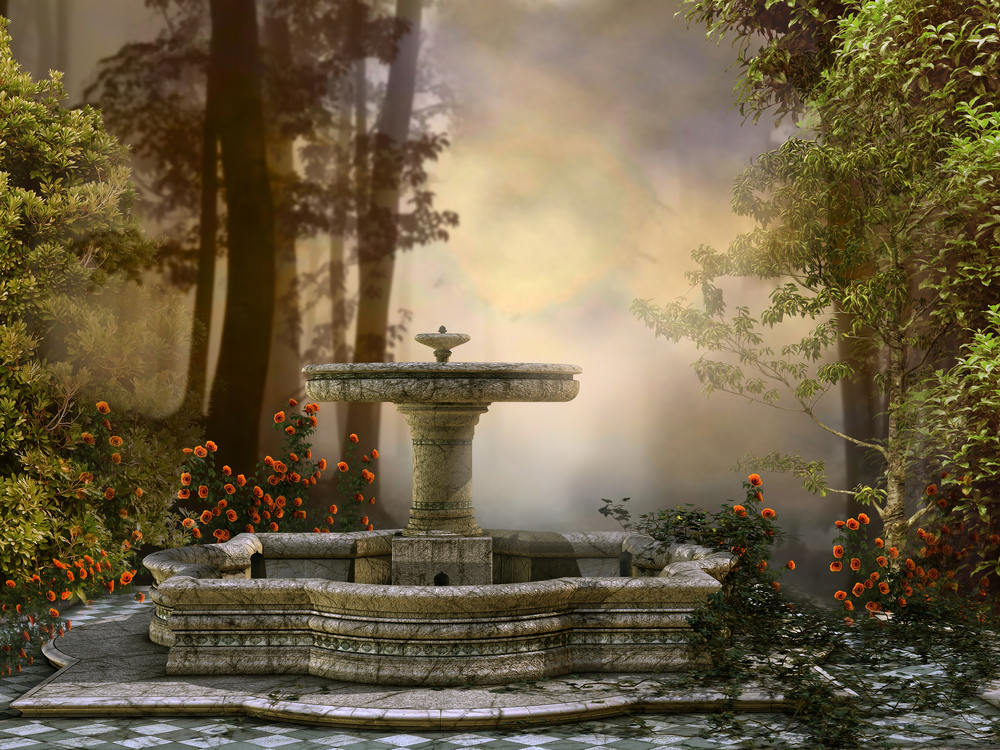
Fountains are often magical in nature. The properties of such fountains is pretty much the same as that of pools. Anyone daring enough to drink from such a thing might die painfully from poison or they might be rewarded with some magical boon. Most fountains should not be magical in nature. This will keep the players guessing. If every fountain is magical then they will automatically want to drink from every one without fear of danger. Some fountains should clearly be unsafe to drink from so that a measure of risk is being taken when the decision to drink is made.
Not every fountain has water in it. A fountain of blood might be found in a dungeon rule by some evil power. A fountain of acid might cause harm or death to unwanted guests. A fountain of healing potion might allow for quick healing of the guards who are injured battling invaders. A fountain filled with holy water might allow defenders to repel hordes of the undead.
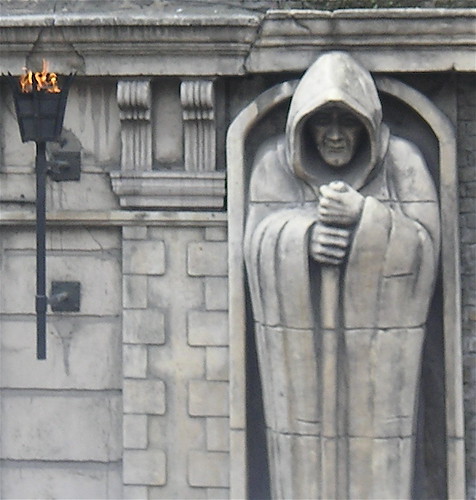
What is a dungeon without statues?
Statues are a classic element in dungeons since the game began. Statues are used for decoration. They are used to honor heroes and kings. Sometimes statues honor the gods. And some narcissists might just want to see their own image everywhere they go.
Statues might be found on a pedestal or in an alcove. Sometimes they will stand freely in a dungeon room or corridor. They will usually be made of stone. Sometimes they will be carved out of the stone wall. At other times they might even be made from precious material such as obsidian or gemstone.
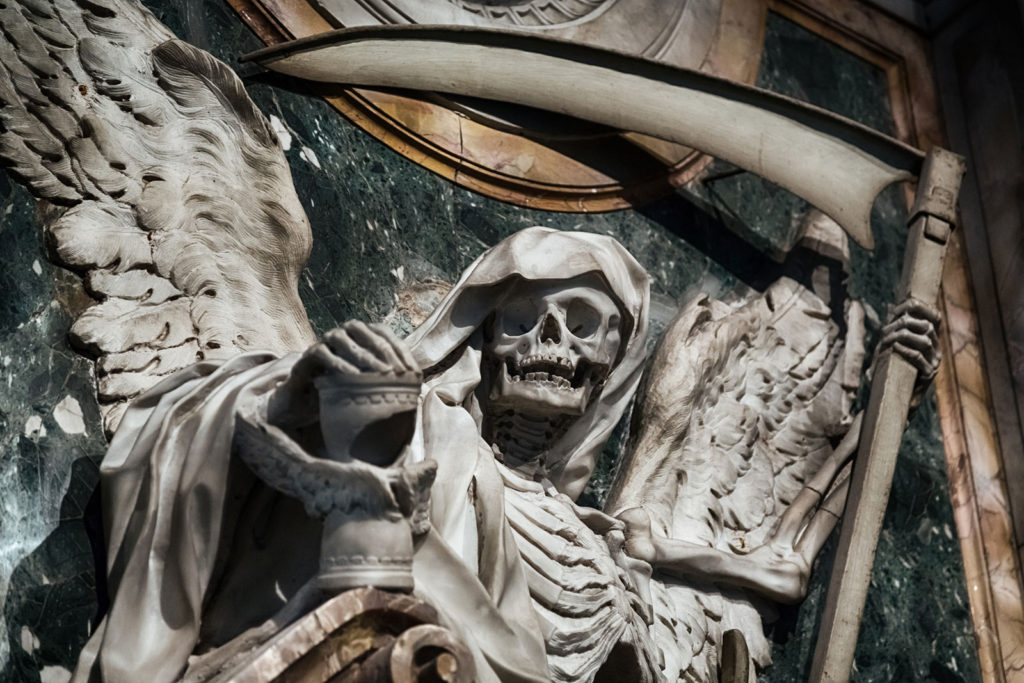
Statues could be large or small. A statue of a god is likely to be larger than man sized. A statue of a hero is likely to be man sized. And sometimes a statue of an important hero or deity might be smaller than man sized but made from valuable material.
Statues are often magical in published adventures. This is so frequent that players tend to see every statue as a potential stone golem waiting to pounce. Most statues should not be magical at all. Most should be there for decoration.
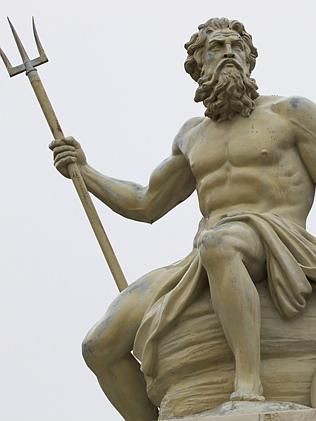
Statues which are more than just decorative do not have to be used as stone golems or guardians. They might provide clues. They might serve as a piece in a puzzle. They might even talk if the right things occur.
Some statues are more lifelike than others. A statue found in the lair of a medusa or where cockatrices or basilisks abound might not be a statue at all. It might be a warning that something dangerous, and petrifying, is near.
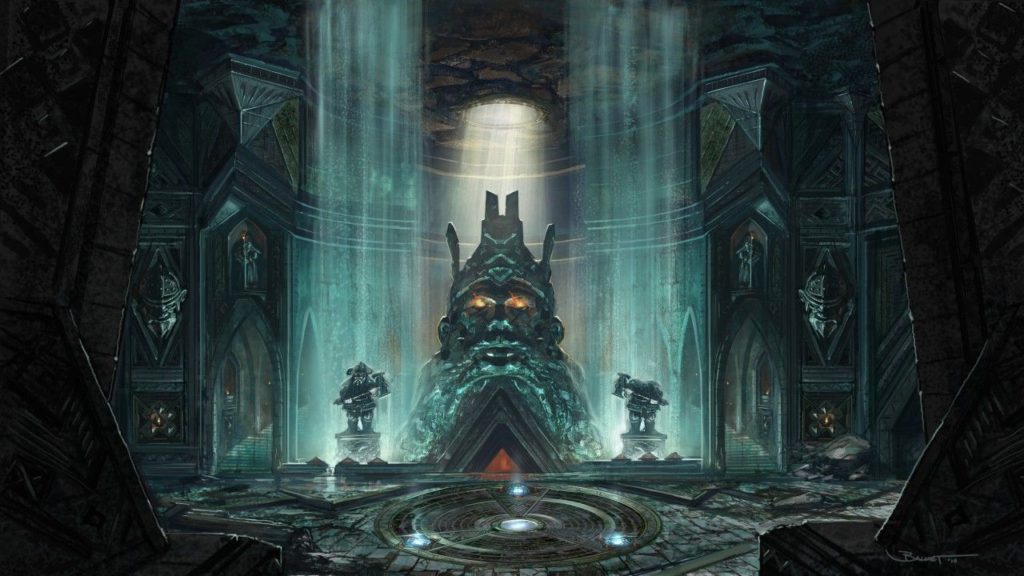
Altars
Some underground places are temples. Some dungeons may have other purposes but might still have a holy area within them. And of course…some villains are totally evil and worship evil deities, devils and demons. Altars of a different kind might be found in their lairs and dungeons.
Some altars are magical. Perhaps too many of them. Most probably should not be. Touching a magical altar of an opposing deity might have serious detrimental effects. Making a proper offering at an altar of a similarly aligned deity might be rewarded. Making an improper offering might be punished.
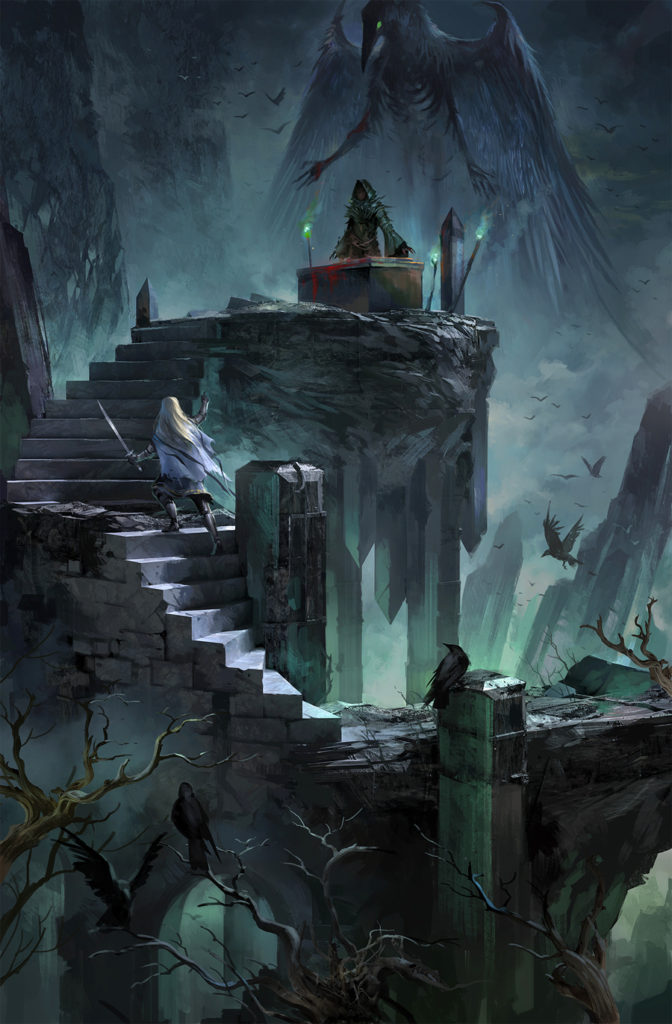
Altars are usually illuminated. Sometimes candles or torches will be nearby. Sometimes candles will be lit on the altar itself. If these candles are black perhaps one should avoid touching the altar if they are aligned differently. Sometimes other sources of light may be present such as a burning fire pit or brazier.
Evil altars may be used for ritual sacrifices. Bloodstains on an altar should tip one off that it is not aligned with good. A young virgin lying atop the altar might also give one a clue to it’s evil purposes. Or a priest clad in black robes could also suggest that an altar is not a good one. And unholy symbols etched into an altar or hanging nearby could also indicate that one might be careful around this evil thing.
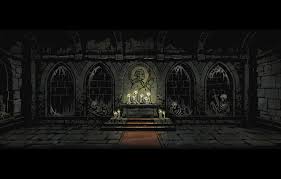
Altars may be made of different materials. Stone, wood, metal or even precious material such as obsidian or marble could be used to create it. Druids favor stone altars. They would prefer not to kill a tree to make an altar. Good priests would probably prefer white stone such as marble. Evil priests might want their altars to be black. Perhaps obsidian would be the choice of material for this type of priest.
Deities do not like it when adventurers defile altars to them. But doing so is sometimes expected for characters of opposing alignments by their own gods.
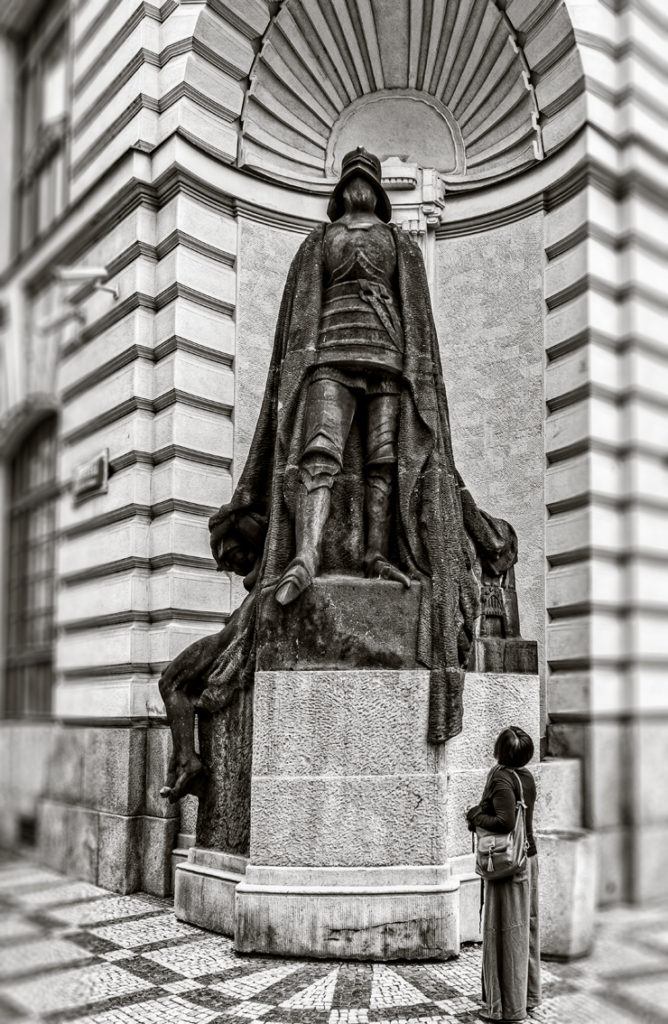
These dungeon features are some of the most frequently found in a dungeon
Most dungeons are going to have some of these items. Some may have all of them. Few dungeons will have none of them. But not every feature is going to be found in every dungeon. Dungeons are built for varying purposes. Sometimes it is to hold prisoners. Other times it is to create a safe place underground. The purpose of the dungeon will dictate what features are needed there.
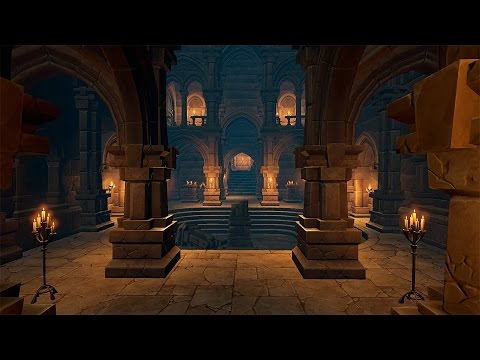
If you enjoyed this article then you might enjoy these:
- Sieges in Dungeons and Dragons
- Sleeping in Dungeons
- Kicking in doors in Dungeons
- Running Away in Dungeons and Dragons
- Division of Treasure
- Negotiation in Dungeons and Dragons
- Secret Passages
- Treasure in Dungeons and Dragons
